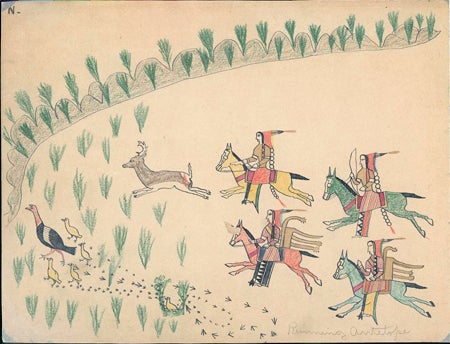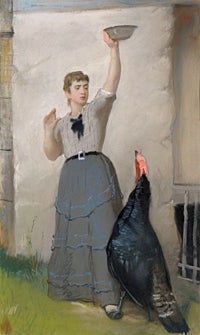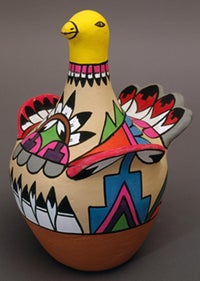The Artstor staff is hurrying to wrap up projects before the long Thanksgiving weekend that starts this Thursday. The holiday is officially celebrated in the United States every year on the fourth Thursday of November.


Americans usually consider the “First Thanksgiving” the celebration held by Pilgrims on December 4, 1619 to give thanks to God for guiding them safely to the New World, but the holiday we know today is modeled on the three-day celebration in 1621 at the Plymouth Plantation after a successful harvest. In addition to the harvest, the Pilgrims celebrated the support they received from Native Americans: The Wampanoag had provided food during the colony’s rough, first winter, and Tisquantum (better known as Squanto), a member of the Pawtuxet tribe who resided with the Wampanoag, served as an interpreter and taught them how to catch eels and how to plant corn using fish as fertilizer. The celebration was continued in later years, and eventually became an official holiday in 1863, when President Abraham Lincoln proclaimed a national day of thanksgiving.
On Thanksgiving Day, families and friends typically gather for a large meal. Traditional dishes include baked or roasted turkey, stuffing, cranberry sauce, mashed potatoes, corn, and pumpkin pie. While most of these dishes were probably not served in the original Thanksgiving feast (for example, potatoes were unavailable and the Pilgrims had no oven to cook pies in), they are all native to the Americas or were introduced as new options to the Europeans when they arrived.

A search for thanksgiving or turkey in the Artstor Digital Library will result in many great images suitable for the holiday. Some of the more notable collections include Native American Art and Culture (National Anthropological Archives, Smithsonian Institution), which provided the Plains Indian ledger drawing from the 19th century; The Metropolitan Museum of Art, which has a wonderful collection of American art that includes paintings, drawings, and sculpture related to Native Americans and early settlers; and the Peabody Museum of Archaeology and Ethnology (Harvard University), which features an interesting selection of Wampanoag crafts, including an eel trap.


